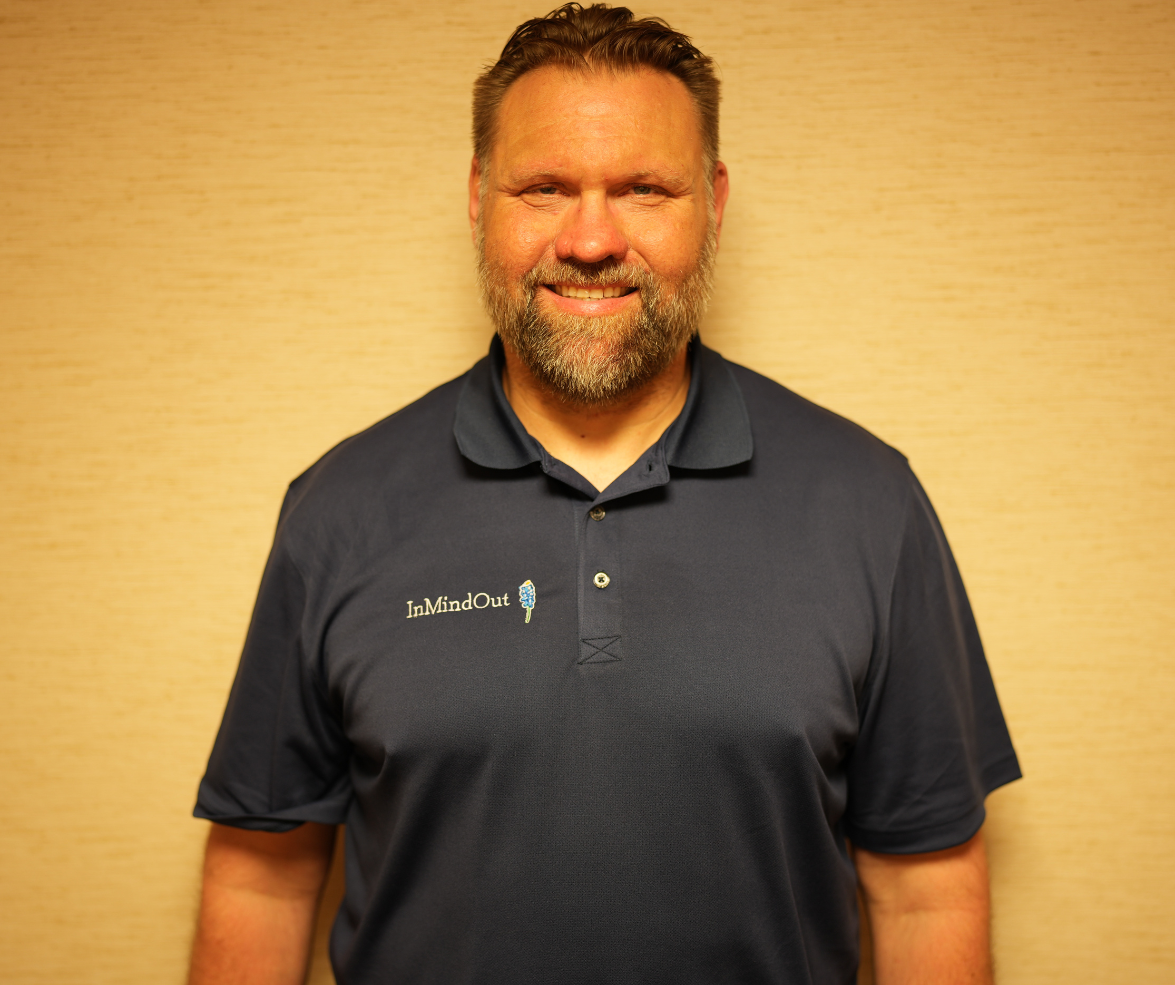Hybrid Biofeedback Certificate Course
Education by InMindOut Emotional Wellness Centers
Hybrid (Online Self-Paced & 2 Days In-Person)
We teach the science. By the conclusion of this course, the participants will be able to:
1. Explain the uses for Biofeedback training;
2. Describe the latest empirical Biofeedback research;
3. Demonstrate biofeedback techniques necessary to pass the BCIA exam;
4. List the definitions underlying Biofeedback training and research;
5. List the pioneer researchers in biofeedback and explain their findings;
6. Describe the history and progression of empirical Biofeedback research and training;
7. Explain the responsibility and competence practitioners must have when conducting Biofeedback trainings;
8. Define one’s responsibility and liability in provision of Biofeedback services;
9. Explain the difference between experimental versus experimentally-validated Biofeedback treatments and how to explain this to prospective patients;
10. Identifying contraindications to Biofeedback treatment;
11. Describe ethical principles of one’s primary profession and the challenges of complying with competing ethical guidelines;
12. Demonstrate competence in all aspects of Biofeedback services provided;
13. Explain why professionals must limit the scope of practice to areas of expertise and to services permitted by the relevant practice act;
14. Define active and passive volition and its relationship to Biofeedback training;
15. Explain psychophysiological reactions to stressful situations/events;
16. Describe psychosocial mediators of stress;
17. Explain how stress, coping, and illness relate to Biofeedback and mental and physical health;
18. List a variety of psychophysiological recordings in Biofeedback training results;
19. Describe the most commonly used Biofeedback modalities;
20. Identify common locations for electrodes when performing surface EMG, respiratory, temperature, skin conductance, and heart rate Biofeedback trainings;
21. Describe different research methodologies of significant influence on Biofeedback Training results;
22. Identify target muscles, typical electrode placements, SEMG treatment protocols, and their efficacy for the following conditions: tension-type headache, TMJD , posterior neck and upper back pain, lower back pain, and pain due to poor workplace ergonomics;
23. Explain how biofeedback training utilizes feedback and feed-forward;
24. Explain the concept of self-regulation and describe specific self-regulation skill;
25. Explain Autonomic Nervous System (ANS) applications that can be applied to Biofeedback training;
26. Describe the respiratory applications that are utilized in Biofeedback training;
27. Demonstrate an array of intervention strategies that can be helpful in Biofeedback training;
28. Demonstrate effective use of biofeedback equipment and implementation of biofeedback labs;
29. Demonstrate how to use empirical evidence and assessment results to choose appropriate training methods for Biofeedback training;
30. Explain the relevance of baselines and how to establish them in Biofeedback sessions;
31. Describe how to structure Biofeedback sessions;
32. Demonstrate how to adjust program settings within Biofeedback software;
33. Explain how to utilize learning theories in Biofeedback interventions;
34. Demonstrate how to assess and create goals for Biofeedback training;
35. Describe how to track client symptom over the course of Biofeedback training sessions; and
36. Explain how to protect client privacy, rights, feelings, and sensitivities when attaching biofeedback sensors.
We provide the most up to date research in our course to ensure sufficient knowledge for passage of the BCIA exam and to support in obtaining board certification. This course meets the didactic requirements for certification by the BCIA certifying board. For those in need, this course offers 42 hours of CE's for and small additional fee.
DR. MANUEL "DOMINIC" HALTER, PHD., JD, MA, QEEGD, BCB, BCN
 I am an experienced neuroscience researcher that has worked with the military and universities to explore cognitive neuroscience and human performance. Since 2016, I have conducted biofeedback, neurofeedback, and quantitative electroencephalogram (QEEG) trainings, as well as repetitive transcranial magnetic stimulation (RTMS) treatments on Special Operations Forces (SOF) veterans. I have provided undergraduate and graduate level instruction on data-based insights using qualitative and quantitative research methods on a wide range of human issues. My research has been focused on attitude measurement, employee assessment, leadership, organizational development, intelligence, personality, neuropsychological issues, and psychometrics.
I am an experienced neuroscience researcher that has worked with the military and universities to explore cognitive neuroscience and human performance. Since 2016, I have conducted biofeedback, neurofeedback, and quantitative electroencephalogram (QEEG) trainings, as well as repetitive transcranial magnetic stimulation (RTMS) treatments on Special Operations Forces (SOF) veterans. I have provided undergraduate and graduate level instruction on data-based insights using qualitative and quantitative research methods on a wide range of human issues. My research has been focused on attitude measurement, employee assessment, leadership, organizational development, intelligence, personality, neuropsychological issues, and psychometrics.
I am a previous member of the Army’s Special Forces Unit. I then pursued my education to become a Doctor of Philosophy with a specialization in talent performance optimization. I also hold a Bachelor of Psychology degree, a Masters of Arts in Developmental Psychology degree, and a Masters of Arts in Clinical Neuropsychology degree.
My passion for healing the body and mind has been my driving force in pursuing as much education as I can. I want to make a difference in the neuro-field by spreading the knowledge I have, as well as continuing my research on optimal performance.
Specialized in the following :
Client Populations: Military and First Responder Cognitive and Optimal Performance, PTSD, TBI, Stress, Trauma, Anxiety, Depression, Sleep, Addiction, Learning and Developmental Disabilities, and Epilepsy
Hardware & Software: Hardware: Thought Technology, Mitsar, iMediSync, BrainMaster, Cognionics, MindMedia, and other most commonly used industry systems. Software: WinEEG, iMediSync’s iBrain and iHeart, BrainMaster, BioTrace, Neuroguide, etc.
Languages Spoken: English
See my CV
InMindOut Emotional Wellness Centers, LLC.
